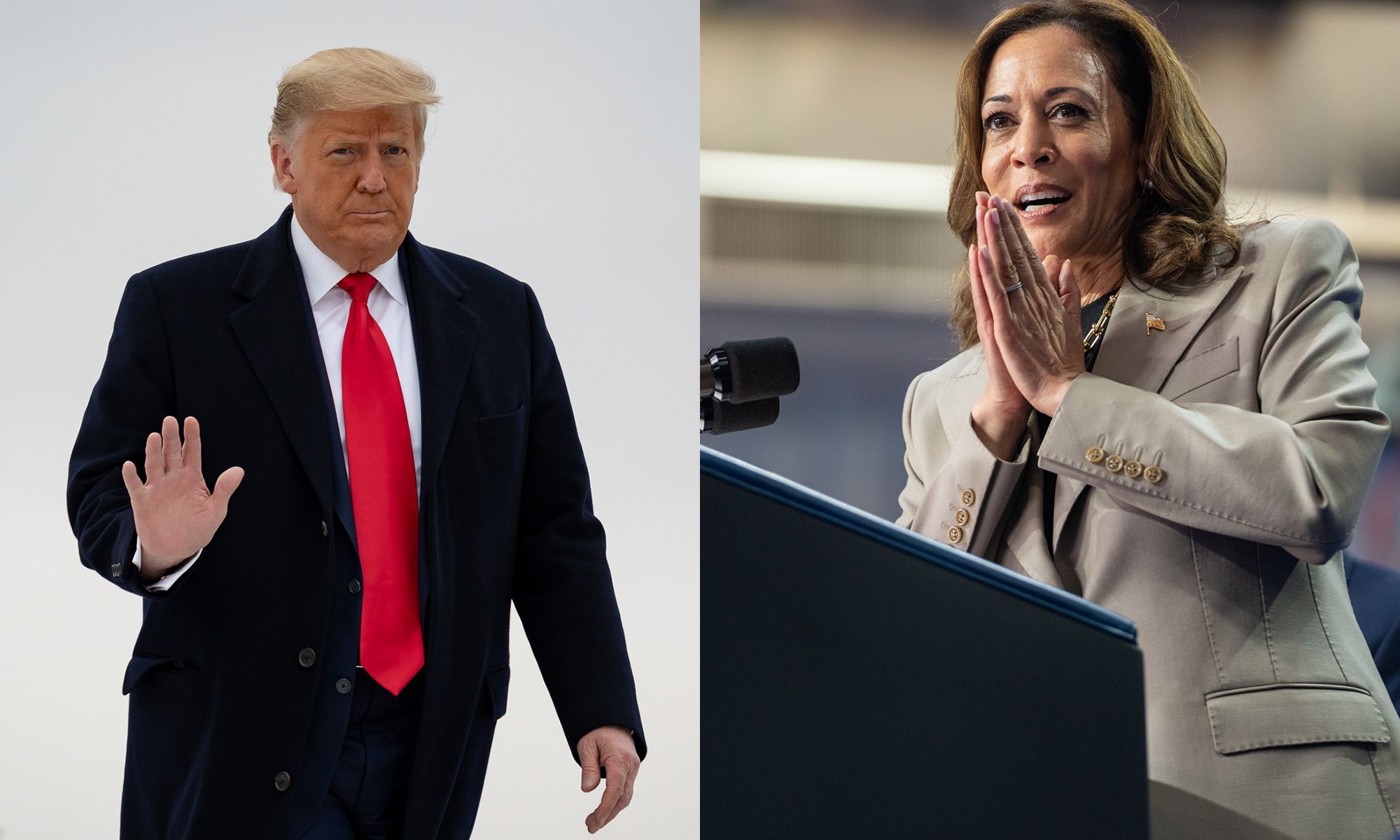Former US President Donald Trump and Vice President Kamala Harris Trump: Official White House Photo by Shealah Craighead, via Flickr. Harris: Official White House Photo by Lawrence Jackson, via Flickr
What the next US presidential administration does for (or against) the arts is yet to be known, but those in the cultural community have a range of hopes and preferences. Steven Tepper, the president of Hamilton College in Clinton, New York, and previously the dean and director of the Herberger Institute for Design and the Arts at Arizona State University, hopes that “the next administration could build off of the recent efforts to partner with other agencies and departments across the government to continue to invest in ways the arts drive the health and wellbeing of communities, partnering with the Department of Defense, National Institutes of Health, Department of Health and Human Services, the Department of Education, the [Centers for Disease Control and Prevention], with mayors around city design and urban development”.
The US is the only industrialised nation without a cultural ministry, Megan Beyer, the director of the State Department’s Art in Embassies programme, points out, noting that she would like the arts to “have a seat at the cabinet table, in the White House or on the Domestic Policy Council”. She adds that “an arts or culture office at the very top of government might be the best way to harness the potency of America’s superpower”.
Maxwell L. Anderson, the president of the Souls Grown Deep Foundation and former director of the Whitney Museum of American Art in New York, underlines “the importance of the arts in education and community development, emphasising their role in fostering creativity and cultural understanding”. He credits Kamala Harris for her advocacy for “diversity and inclusion, supporting initiatives that promote representation of marginalised communities in the arts”.
The focus for Marilyn Jackson, the recently appointed president and chief executive of the American Alliance of Museums, is, unsurprisingly, continued financial support for museums. “Museums have strong bipartisan support, are economic engines and serve as critical community infrastructure,” she says. “We plan to ensure the next administration understands the value of this field.”
The sculptor and photographer Petah Coyne points to the need for the federal government to continue to provide “funding for grants to artists and non-profit arts organisations”, as they are “the most important thing for emerging artists. I cannot stress this enough. The money that was made available to me as a young artist helped form me as an artist and many, many of my colleagues.”
For his part, the painter Eric Fischl envisages the federal government initiating and supporting “travelling exhibitions of artworks, theatre, dance, music, poetry, film and literature that capture each artist’s expression of what ‘their’ America means to them, and everywhere the tour stops local artists would be asked to create works that express their feelings about ‘their’ America.”
Tom Christopher, a painter based in upstate New York, sees the government supporting artists more indirectly. He hopes the next president improves the national economy, “encouraging and promoting a healthier business environment. Better business means more money available to purchase art. Generally private enterprise supports art by buying paintings, putting murals in lobbies and commercial projects involving artists.”

